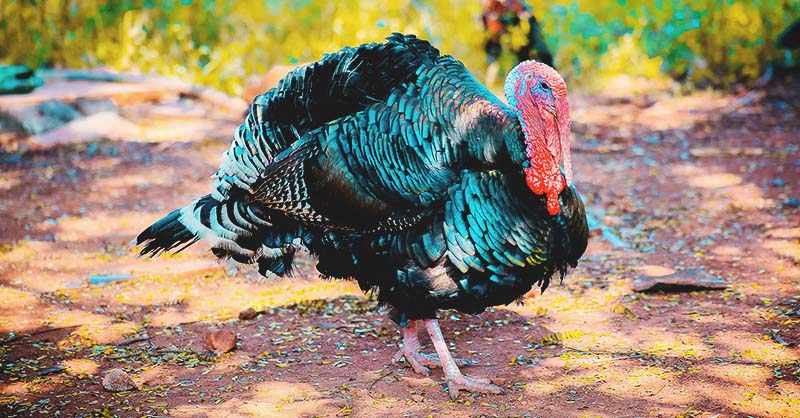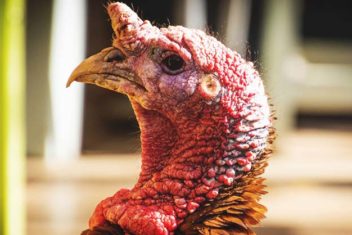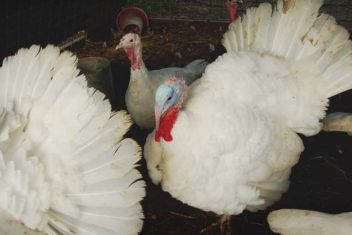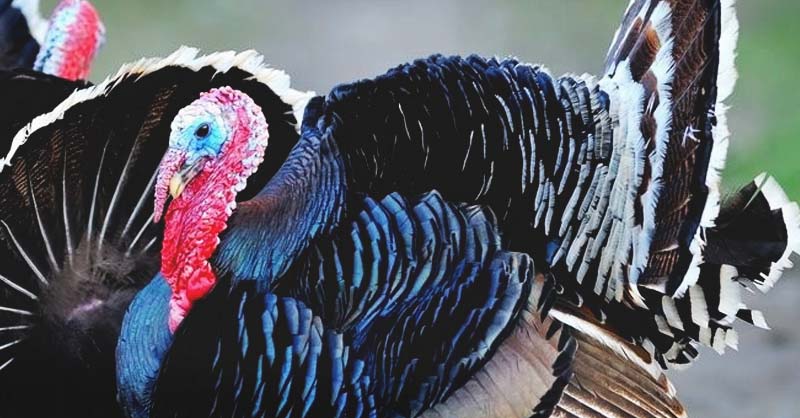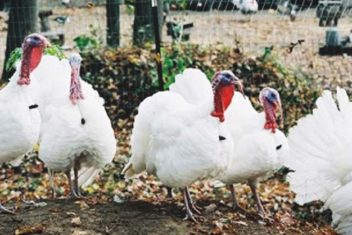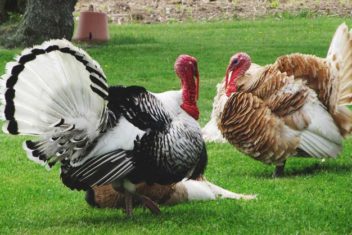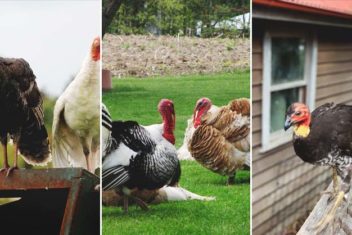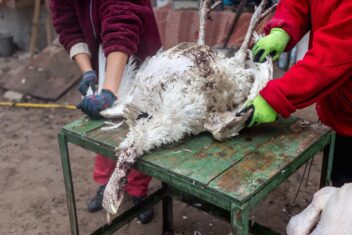It’s meat season!
Yes, it’s the time of year where everyone stock up on meat birds and begin raising their meat for the rest of the year.
Are you considering trying something new this year, an alternative protein source to supplement what you already have? Perhaps turkeys could be on your agenda. You may want to consider raising turkeys on pasture as a free-range meat source.
If that is the case, I’m going to walk you through raising turkeys on pasture from start to finish.
Here’s all you must know to enjoy free-range turkey meat on your homestead this year:
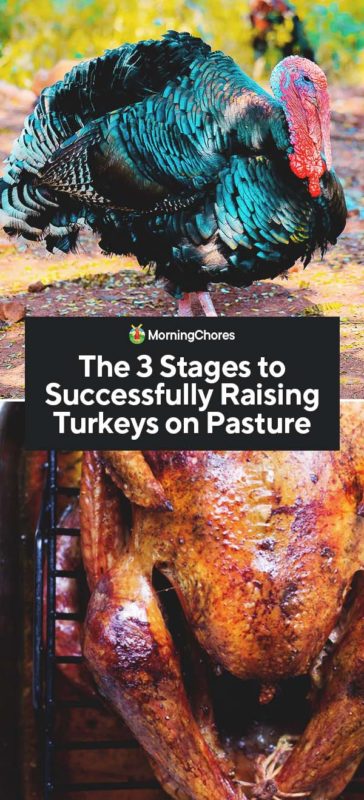
In the Beginning
All turkeys start life on the fragile side. After the first few weeks they become hearty birds, but here’s what you must do to give your turkeys the best chance at survival:
1. A Brooder Box is a Must
Turkeys (like most baby birds) should be started in a brooder. A brooder will give them a warm spot to begin their life and to offer the necessary protection.
Make sure the brooder is not exposed to drafts which can affect the baby birds. It should have high sides and offer adequate room for the birds to move around as they grow.
The birds should remain in the brooder until all their adult feathers have come in to supply the warmth they need to maintain their body temperature.
2. Introduction to Water
When introducing the turkeys to the brooder make sure you dip their beaks into the water. Turkeys don’t take off on their own the same as other poultry do.
Therefore, it’s important to make sure you introduce them to their necessities. Dehydration is one of the common ways young turkeys die.
It’s normal for turkeys to sleep during their early days, but if you see a turkey remaining lethargic when the rest of the birds are up and moving, there’s a good possibility the bird is suffering from dehydration.
Pick it up and put its beak in the water again. Try placing shiny objects in the water to make the turkeys curious. They’ll peck at the objects and drink in the process.
3. Proper Feed
Turkeys require a high-protein diet. In the beginning, they need as much as 26% protein. As they age the amount of protein can be reduced to approximately 20%.
By the time they’re full grown, they should be on a diet which consists of 18% protein. Most turkeys are raised on game bird feed to ensure they get the necessary protein.
Make sure you keep their feeders and waterers cleaned daily and remember to feed daily too.
4. Warmth is a Major Necessity
We all know babies of every species require warmth. Turkeys are no different. They need more warmth than other small birds.
Your brooder should be set to a temperature of 95-100° Fahrenheit. Each week you can decrease the temperature by five degrees.
Keep the heat on your birds until their feathers have fully developed, and they can maintain their body temperature.
5. Protect the Corners
Turkeys tend to pile up on top of one another. When they do this, the birds in the corners of the brooder box will sometimes get stuck and can die.
Avoid this from happening by using pieces of cardboard to round out the corners of the box. If your birds get scared, they’ll still pile up, but this will deter anyone from getting stuck and ultimately dying.
Let’s face it, we don’t raise our meat to lose it. No one likes anything to die, but we also know with each loss it’s money wasted.
By taking this small step, you could help avoid loss of life and stop a loss to your wallet as well.
6. Add Grit as They Grow
Birds need grit to process their food properly. They don’t have teeth, and the grit will help grind their food.
You can purchase grit meant specifically for smaller birds. Be sure to add small amounts to their feed as babies and continue to add grit to their feed all the way through their life.
When I first began raising poultry, I wasn’t aware babies needed grit too, and we had a bird begin to choke because they couldn’t process their food.
It was a scary experience, but we were able to dislodge the food. From there on, we used grit to help our birds and avoid more frightening moments.
Off to the Pasture
Your birds have made it past the problematic starting stage, and they’re now ready to move to pasture. Once the birds have their feathers and are regulating their body temperature you can take them to the pasture and let them experience life.
Here’s what you should do to make sure your birds have a pleasant experience on pasture, and you lose as few turkeys as possible:
1. Proper Care of the Land
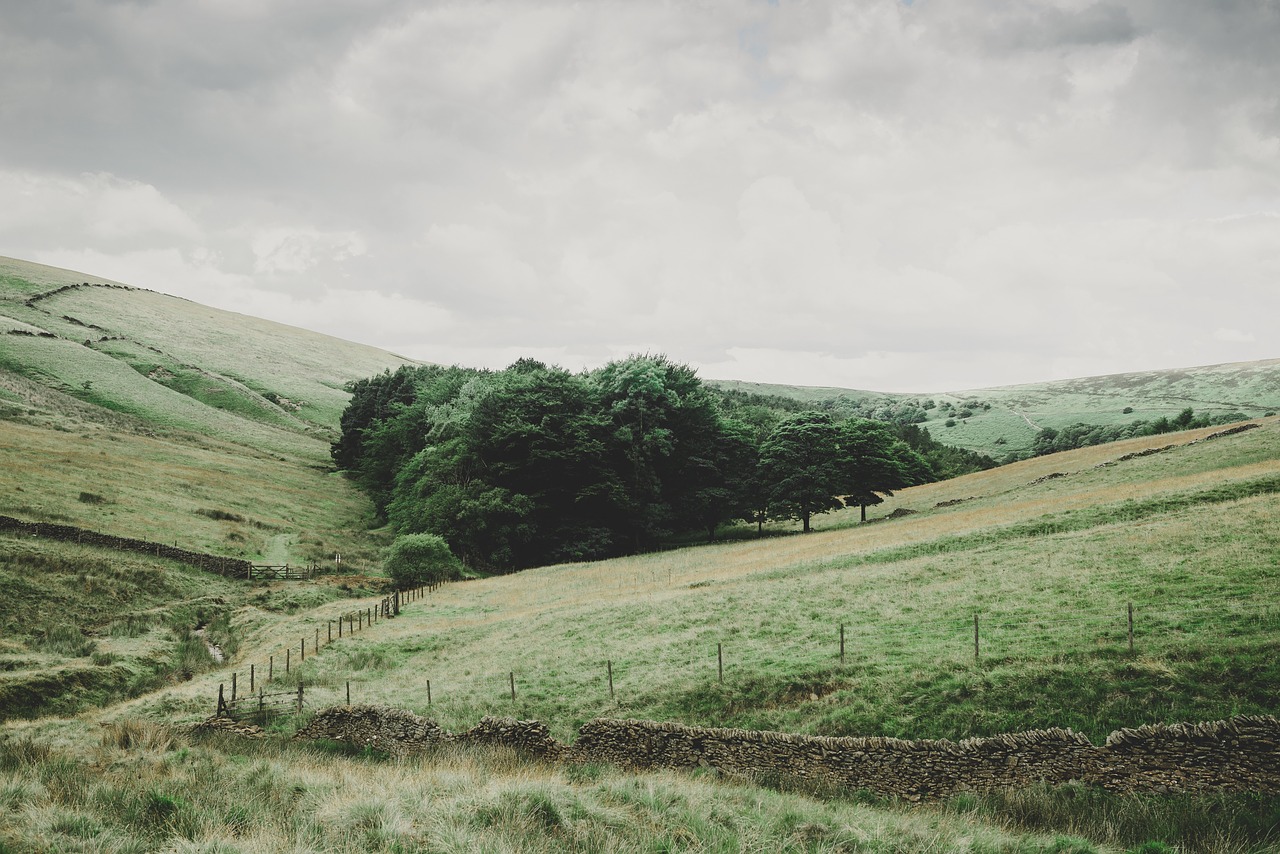
If you’re raising turkeys for profit, you may be raising a larger number of birds. Most small farm turkey producers raise approximately 200 turkeys for every 10 acres.
If you’re raising turkeys on pasture for personal use, you may raise only a handful. The idea is for your turkeys to have enough room to rotate pasture.
They will mow down up to ¼ acre (depending on the number of birds) in a week. You must have the room to move them around.
This will keep them with enough pasture to graze while also giving certain parts of your pasture a break and time to recover.
2. Feeding on Pasture
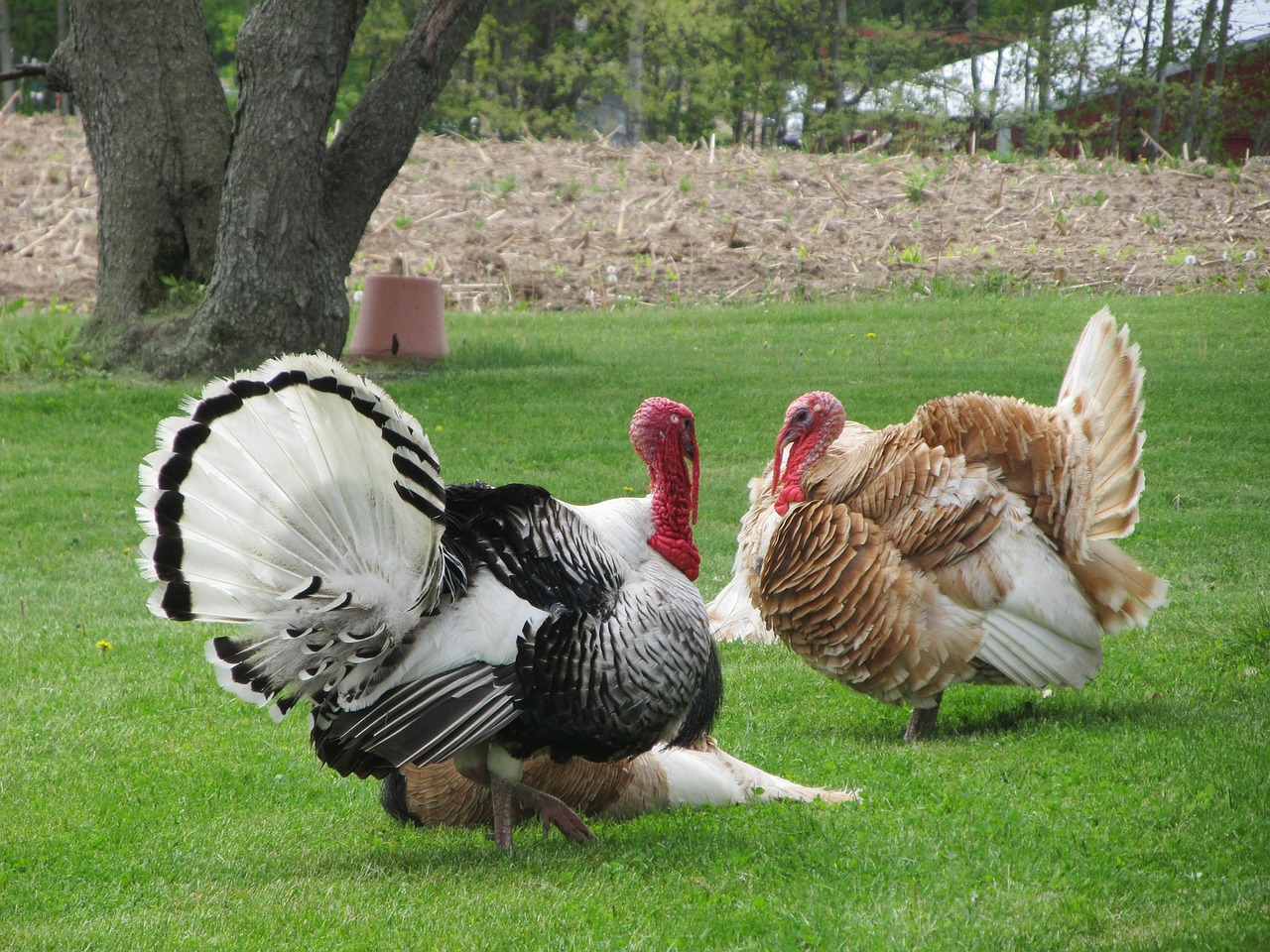
There’s no such thing as raising a turkey on pasture only. They won’t get the protein they need to grow out.
Therefore, you must continue to give them proper food and water though they’re free-ranging on your property.
It’s like free-ranging chickens. The free-ranging can give the birds access to natural vitamins and nutrients they need. But it isn’t enough to sustain them properly.
Make sure you give your turkeys grain and grit along with their free ranging.
3. Protecting Your Turkeys
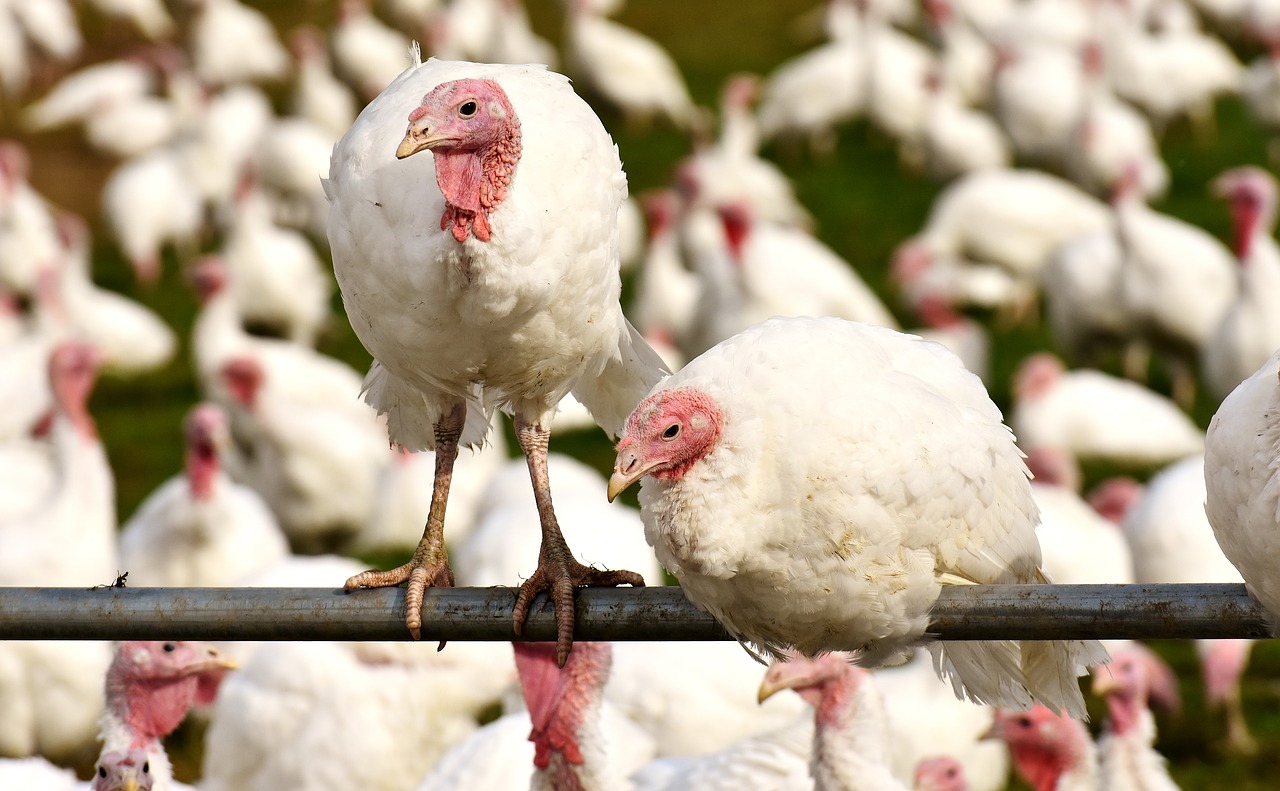
Do you like turkey? Unfortunately, predators enjoy munching on turkey meat too. This puts your turkeys in danger when they’re out on pasture.
The best way to protect your turkeys is to put electric fencing around your pasture. However, there are still a few predators who can easily breach an electric fence, such as coyotes.
Turkeys have a natural instinct to protect themselves from predators. They do this by roosting in high locations.
Let your birds be. They’ll roost in high trees where most predators can’t get them. If you’re highly concerned about predators in your area, you could build them a structure and coop the turkeys each evening.
This will be a personal decision based on your preferences for protection. If you build a structure, make sure your turkeys have high roosts within it because they love to roost as high as possible.
The End Has Come
You’ve managed to keep your turkeys alive until they’ve reached their final stage in life. Here’s what you should know about this final phase:
1. Grow Out Time
If you’re new to raising turkeys, you may be wondering how long they take to raise. If you raise a broad breasted turkey, they should take approximately four to five months to reach a proper processing weight.
However, if you raise a heritage breed, they can take anywhere from five to six months to reach proper processing weight.
If you plan on processing your own birds, make sure you do your research on the best technique to cull the birds as humanely as possible.
2. Process at a Manageable Size
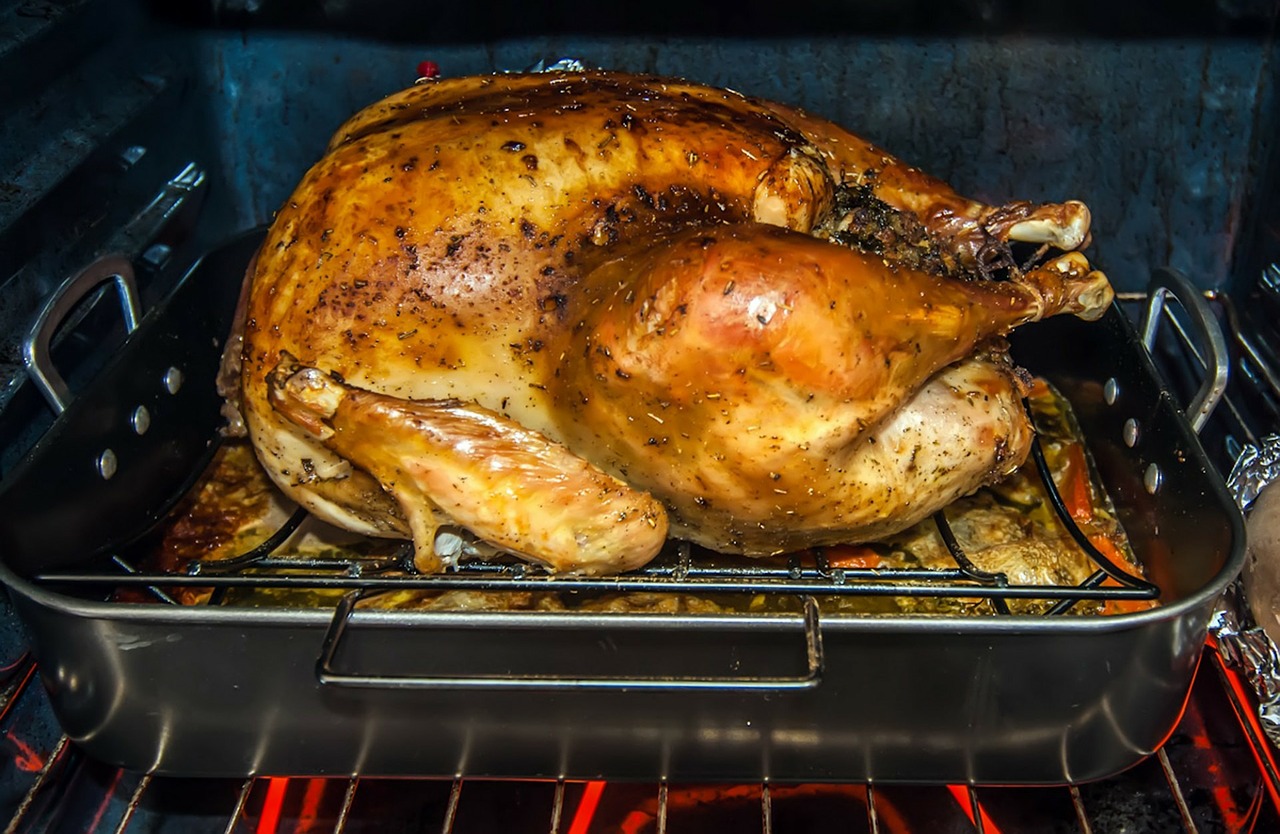
When raising turkeys to sell, it can be hard to know when you should cull them. It’s usually based on your customer’s desires.
The problem is, many customers want huge birds! This can be difficult when you go to cull a bird of this size.
Instead, try to process your turkeys when they’ve reached a weight between 10-14 pounds. If your customers want a 20+ pound bird, instead convince them to purchase two birds.
Two birds would make life easier for them in the kitchen too. Handling a gigantic bird isn’t easy for anyone whether you’re processing it or trying to cook it.
3. Why Raise Your Own Turkeys?
Many people wonder why they should bother raising turkeys on pasture considering how cheap they are at the store during the holiday season.
It’s a personal decision. Yes, turkeys take a great deal of food to sustain them, and you definitely will not get out cheaper raising your own meat (even by raising them on pasture.)
Yet, there’s still a good reason to raise your own turkeys. When you raise your turkeys, you know what you’re eating.
You know how they’ve been raised, what they’ve been fed, and many people have formed the opinion pasture-raised turkeys taste better.
It’s hard to put a price tag on peace of mind.
Raising turkeys on pasture is similar to raising turkeys in a tractor. The only difference is the birds have more freedom and room.
They aren’t the easiest birds to raise because of how sensitive they can be at the beginning of their lives, but they have great personalities and are gorgeous creatures to watch as they grow.
Enjoy your pasture-raised turkey and take pride in the work you’ve put into the meals which will feed your family around the holidays.

